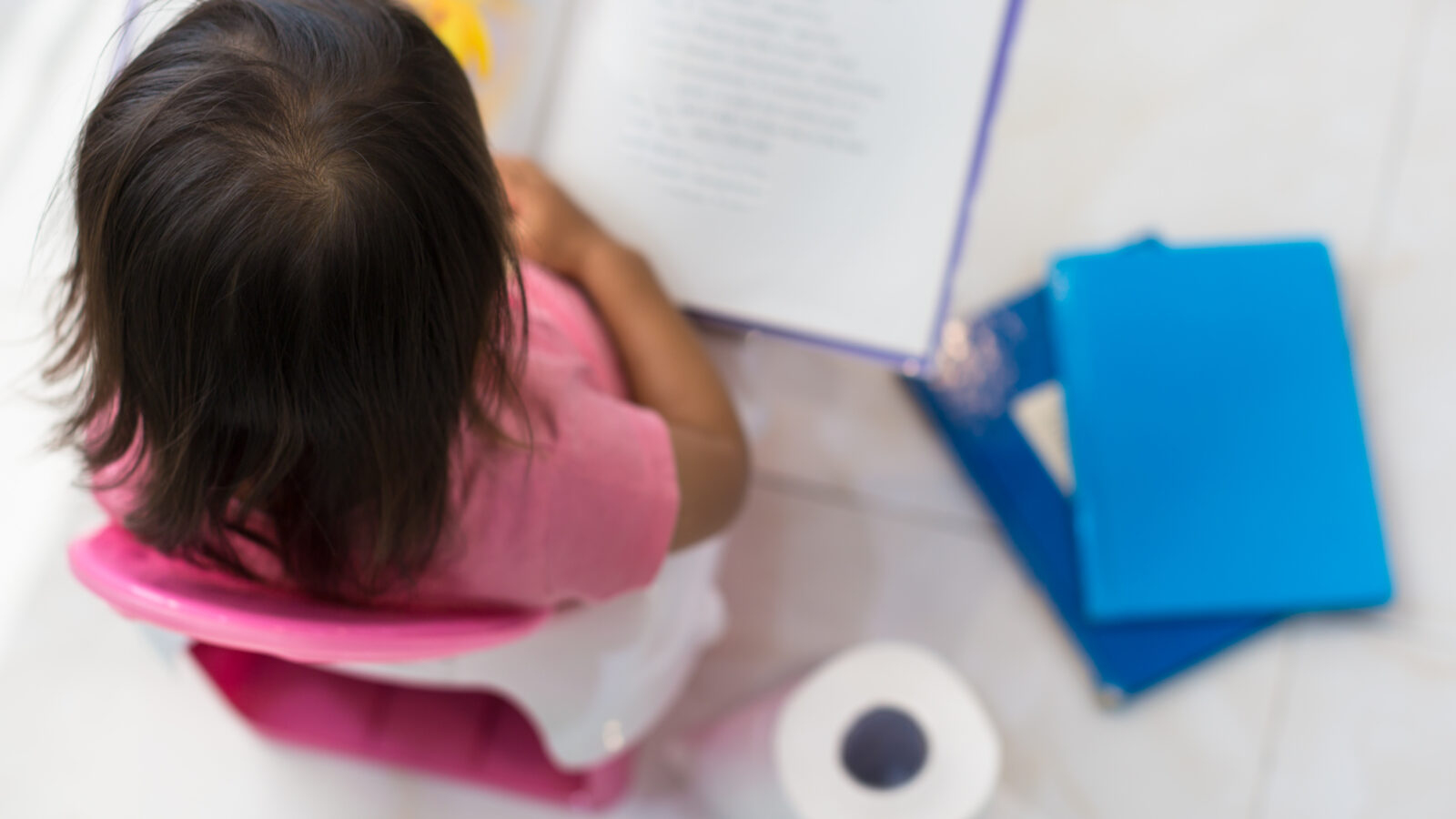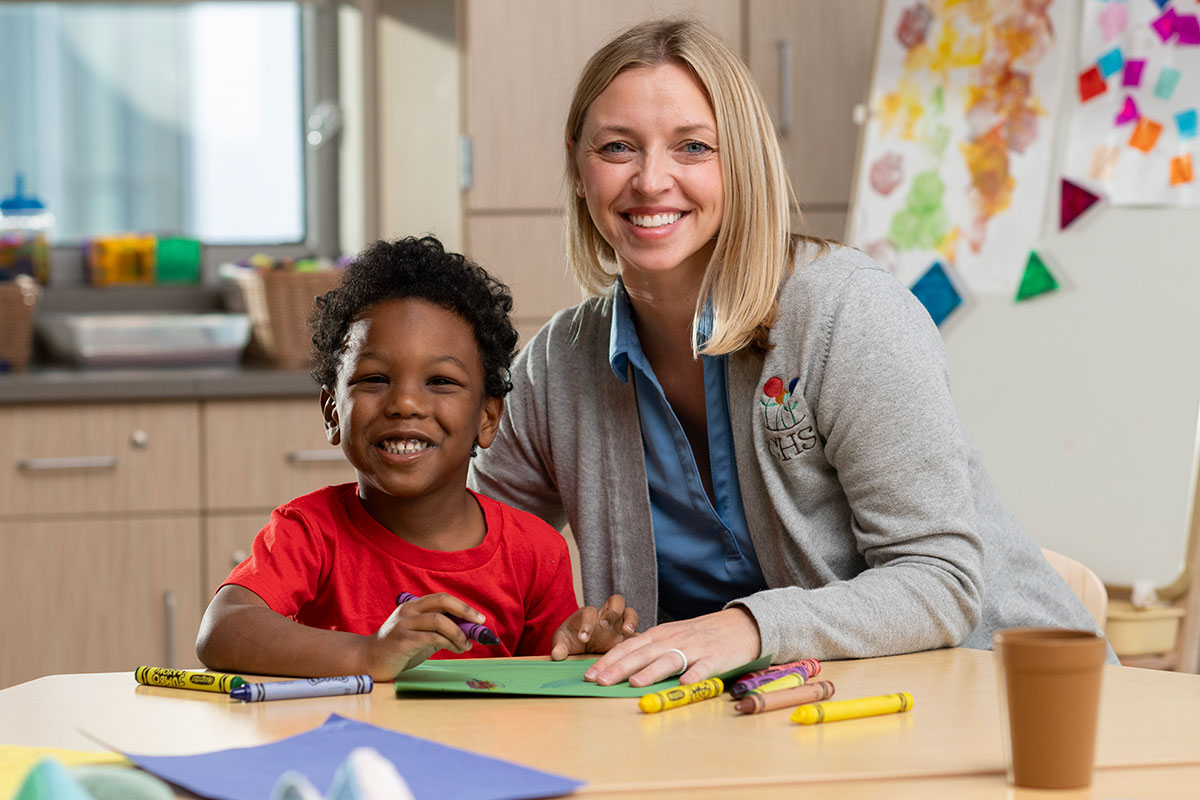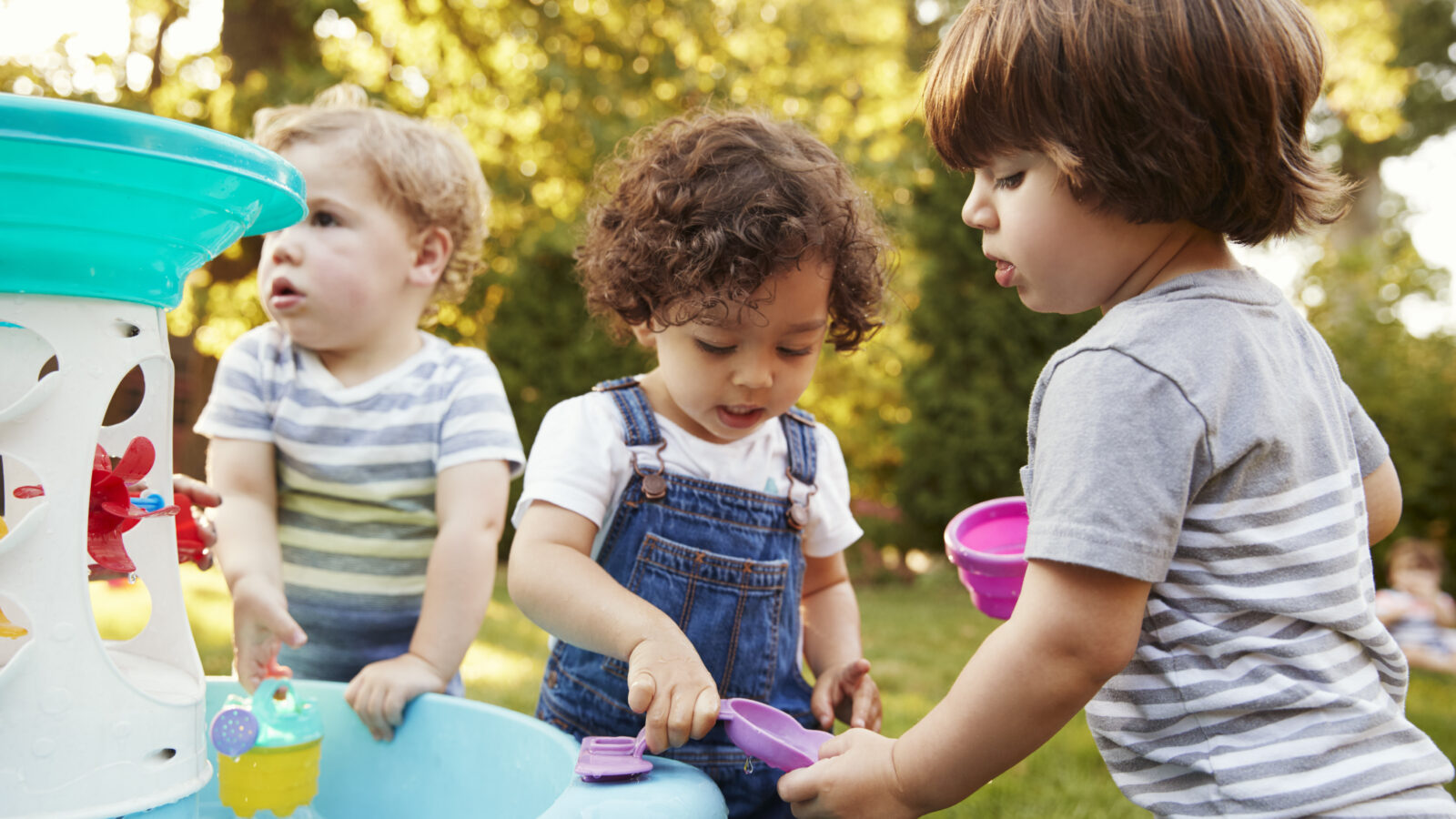Potty Training: A Family Effort

Potty training or toilet training: whatever you call it, it is a major milestone in your child’s life that shows they are on the road to learning more independence. While difficult at times, there are ways to make the process easier and even fun!
Is Your Child Ready?
It’s not a competition, and various factors can influence your child’s readiness for potty or toilet training. Each child develops at an individual pace. The average age toilet training begins in the U.S. is between 2 and 3 years of age. Just as with walking and talking, babies and young children have their schedules. Some ways you can decide if your child is ready include:
- Can your child stand and walk?
- Can your child pull down clothes and pull them up again?
- Can your child stay dry for up to two hours?
- Can your child understand and follow basic directions?
- Does your child seem interested in using the toilet or wearing “big kid” underwear?
If your child has additional needs (including developmental, sensory, learning, physical, or behavioral), the process will work best when families have access to the guidance, instruction, and encouragement of their pediatrician, other trained professionals (including school personnel), support groups, or a combination.
Consistency & Routine
If you’ve determined your child is ready, make sure the potty is in the same place, and you use the same words when speaking with your child about their bodily functions. Remember that words count. It’s best to avoid words like ‘dirty,’ ‘stinky,’ and ‘yucky,’ which may lead to anxiety. Children should not be punished emotionally or physically for soiling, wetting, or not using the toilet. Harsh words may make them feel ashamed and delay their ability to master this skill. Encouraging and reminding them rather than forcing them to use the potty creates more independence.
Celebrating Milestones
There are plenty of options to celebrate your child’s accomplishments. Some families have found success in making up a celebratory “potty dance,” song, or even activity so the child feels the act is fun, natural, and a normal part of their everyday life. There is also the option of rewarding your child’s efforts with simple items such as stickers, which can often be found at a reasonable price.
A Family Affair
Get everyone involved! Times have changed, and so have potty training methods. If you can get the whole family on board with your chosen strategy, it will avoid disagreements with other family members, pushing you to try older, perhaps harsher methods. Remember that before disposable diapers (and washing machines), there was a much stronger motivation to cast diapers aside as quickly as possible. Share your plan, or even write it down so everyone knows what’s expected. If your child attends daycare or an early learning center, make sure they know your plan and can reinforce it when they are in their care.
Clothing Counts
Dressing your child in clothes that are easy to remove quickly makes a difference. Elastic waists, rather than tight buttons or overalls, will make the process go more smoothly. Keep lots of changes of clothes on hand, in fabrics that can be easily washed (mainly if you are out and about) so that when your child has an – inevitable – accident, it’s relatively quick and easy to change and continue with their activity.
Daytime vs Nighttime
These are different milestones, and many children will have occasional episodes of bedwetting for years after they are reliably potty trained during the daytime. Bedwetting is common up to the age of 7, and there are many ideas for you to try to help your child. However, you should consult your pediatrician if you are worried about underlying conditions.
Throughout potty training your little one, the key is to remain patient and not compare your child to other children, including their siblings. Each child is unique and will reach milestones at different times. If there is a concern about a potential delay, speak to your child’s healthcare provider, who can provide alternative recommendations.




